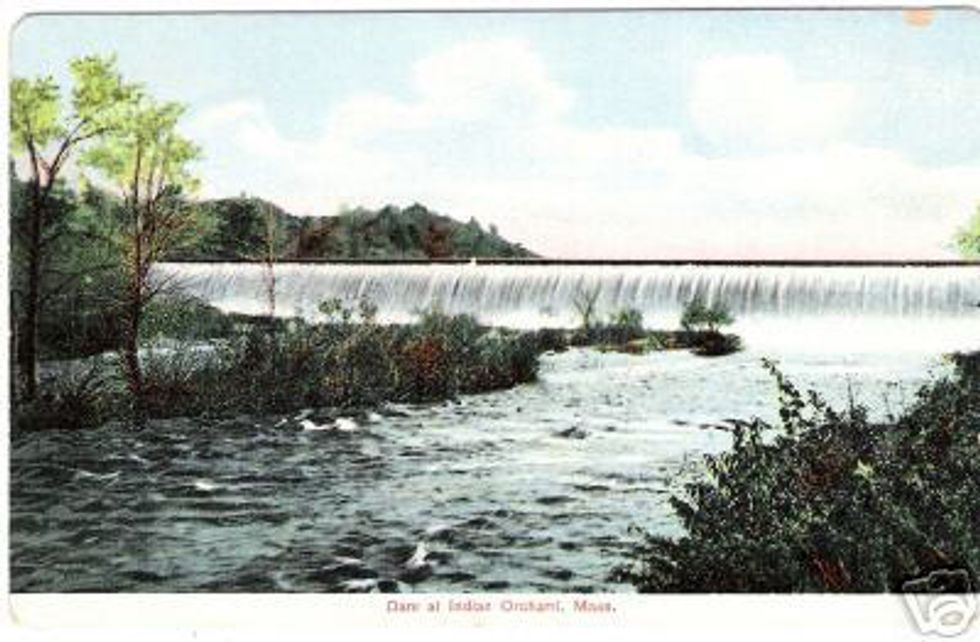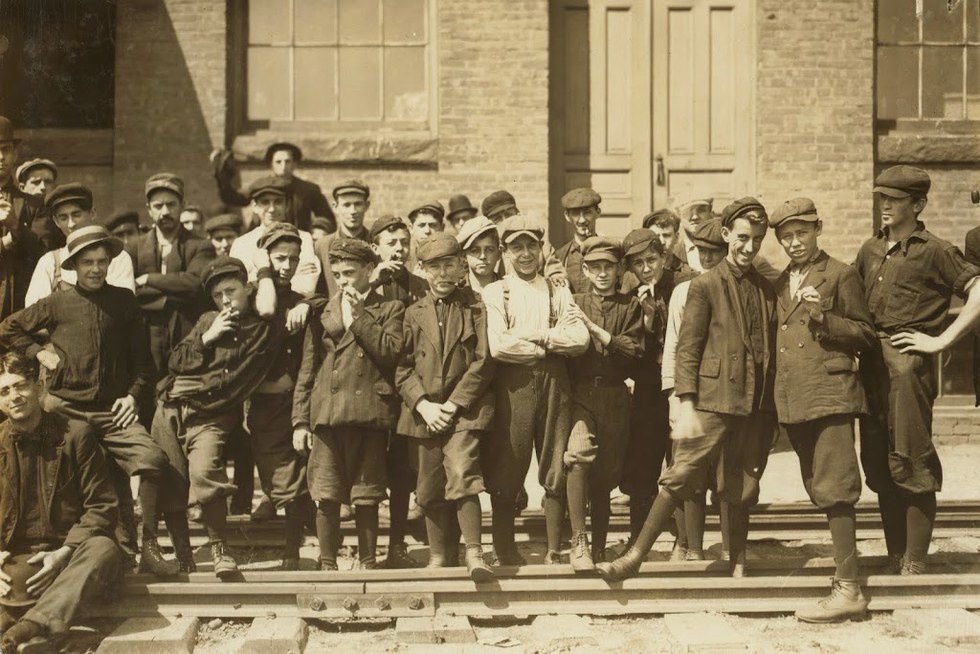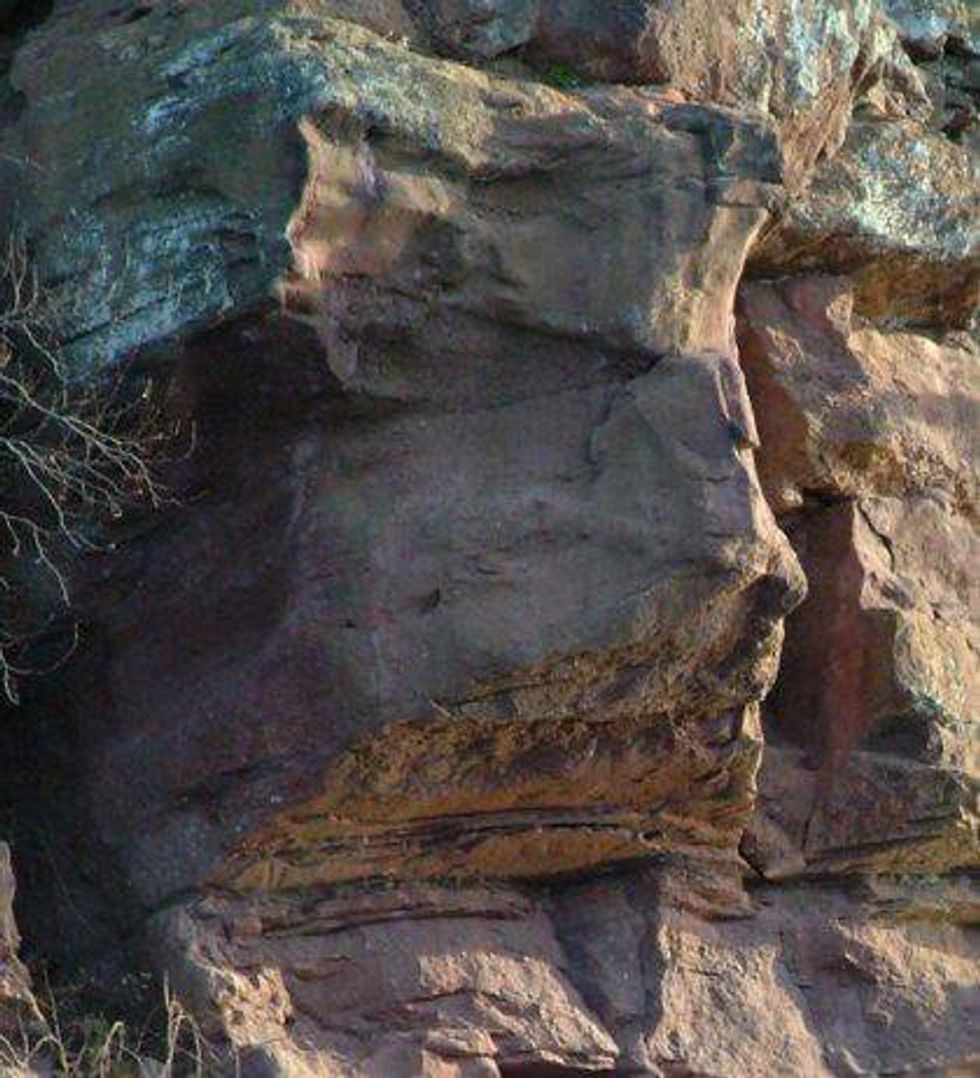One of the things I like most about Indian Orchard is its diversity, both in landscape and population. Two of Indian Orchard’s boundaries are Lake Lorraine and the Chicopee River from which I am a minute’s walk. The Chicopee River offers swimming, fishing, and non-motorized boating. Minutes from my door are walking trails and convenient fishing spots at the chicane of the river. The highest point is the abutment jutting out over the river, a relic of the bridge that once led to the Ludlow cliffs. The cliffs still bear the names carved in the brownstone of the children who worked in the mill in the late 1860s. Summers, the kids of today just as then jump from the cliffs into the river when it is high. There is plenty of wildlife to watch for such as eagles, blue herons, Canadian geese, barn swallows, mallards and mergansers. Yet I am also a few minutes’ walk from the downtown area where you can find small shops crammed with antiques and junk, small eateries and diners, usually Hispanic, Polish or Portuguese. One of my favorites is just across the street, a family-owned breakfast and lunch café called Trolios. They have fabulous homemade meatballs and sauce! There is a newish library, our own post office, a barber shop, and the hub, the Indian Orchard Variety Store. Indian Orchard is also home to the very first Titanic Museum, founded in 1963 and housed in a couple of rooms at the back of Henry’s Jewelry Store! Let’s not forget the Indian Orchard Mills/Dane Gallery where you can find a beautiful blend of industry and art at work. They have open hours Saturday mornings to see exhibits and artist’s space as well as the canal and dam where electricity has been manufactured for more than 100 years.
I love the history and folklore of the Orchard. Some tell that it began as a peaceful and agriculturally rich community inhabited by people known as the Coughmanyput Indians. It became a small mill town in the 1840s. It is said that it was probably named after the plum orchards cultivated by the Indians whose plums were sold to the settlers in the 1600s. The Indian Orchard Mill Company then was the main employer of the town, many of them children, and sponsor of the much of its infrastructure in its early history.
I live right off a street named Indian Leap. One of the stories surrounding my neighborhood is the story of Chief Roaring Thunder and his people, the Coughmanyput Indians. Industry and progress has changed the river since the 1600s, then it was higher, its echoing waters roared throughout the surrounding forests. One tale begins at the burning of Springfield in 1675, blamed on the Indians some say. In an effort to eradicate them from a rich and fruitful land, they came after Chief Roaring Thunder and his people and drove them from their peaceful settlement to the river’s edge. There at the edge of the cliffs, the highest point of the falls, they hurled themselves off its cliffs, disappearing in the underwater caves below. Last, was the Chief himself with his little son in his arms.
You can see him in the rock, his sad visage, at the fate of his people, clearly defined, especially in the sunset hours. I have taken many walks to see him, and ponder of the fate of him and his people. Did they survive, hiding in the underground caves, later to swim upstream to Wilbraham and begin life anew or were they destroyed there on the rocks of the Chicopee River at Indian Leap? No one knows. What I do know is that my town has just the right mix of history, character and modern convenience to make it a lively and interesting place to live.








 mr and mrs potato head
StableDiffusion
mr and mrs potato head
StableDiffusion










